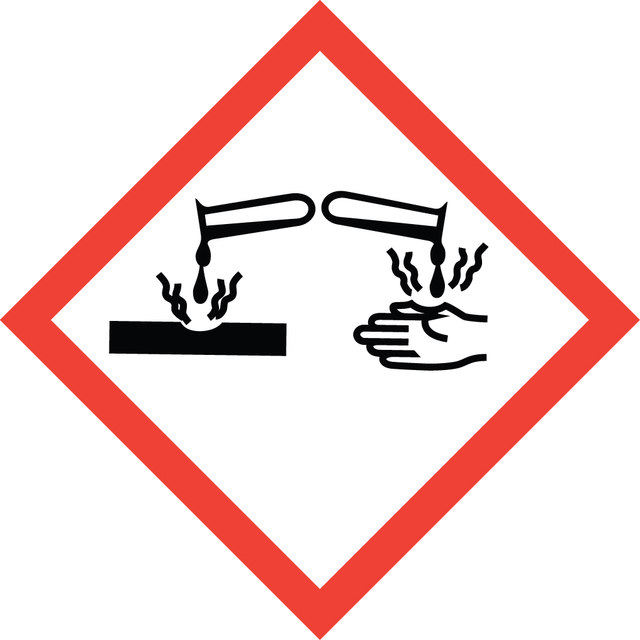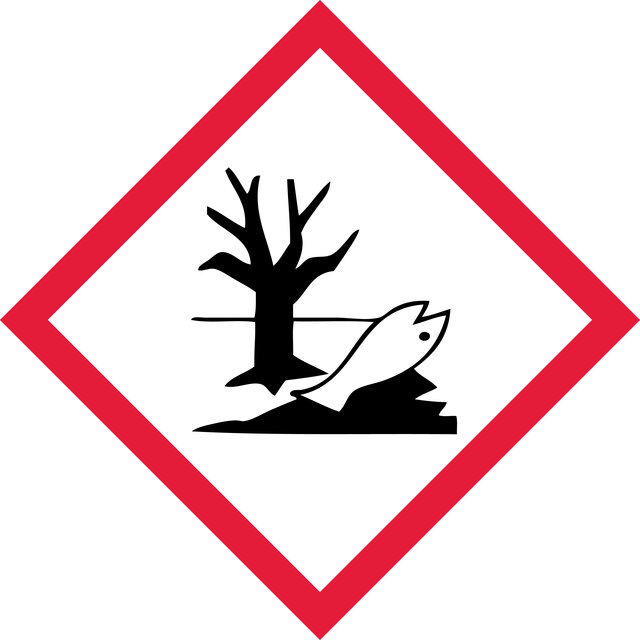Select a Size
About This Item
Quality Level
storage temp.
−20°C
General description
Application
Kit Components Only
- FL-AAB Dilution buffer 1 mL/vial
- FL-AAM Assay mix 1 mL/vial
- FL-AAS ATP standard 1 mL/vial
- FL-SAR Somatic cell releasing reagent 1 mL/vial
Signal Word
Danger
Hazard Statements
Precautionary Statements
Hazard Classifications
Aquatic Acute 1 - Aquatic Chronic 2 - Eye Dam. 1
Storage Class Code
10 - Combustible liquids
Regulatory Information
Choose from one of the most recent versions:
Already Own This Product?
Find documentation for the products that you have recently purchased in the Document Library.
Which document(s) contains shelf-life or expiration date information for a given product?
If available for a given product, the recommended re-test date or the expiration date can be found on the Certificate of Analysis.
How do I get lot-specific information or a Certificate of Analysis?
The lot specific COA document can be found by entering the lot number above under the "Documents" section.
How do I find price and availability?
There are several ways to find pricing and availability for our products. Once you log onto our website, you will find the price and availability displayed on the product detail page. You can contact any of our Customer Sales and Service offices to receive a quote. USA customers: 1-800-325-3010 or view local office numbers.
What is the Department of Transportation shipping information for this product?
Transportation information can be found in Section 14 of the product's (M)SDS.To access the shipping information for this material, use the link on the product detail page for the product.
Can lysates be stored in the Somatic Cell ATP Releasing Reagent of Adenosine 5´-triphosphate (ATP) bioluminescent somatic cell assay kit, Product FLASC?
In general, no. The working Somatic Cell ATP Releasing Reagent is intended for immediate use, and not for storing ATP in. We have no specific information as to how long ATP will be stable in it.
Can Adenosine 5´-triphosphate (ATP) bioluminescent somatic cell assay kit, Product FLASC, be used for adherent cells?
We do not have a separate protocol for adherent cells. However, the somatic cell lysis reagent should be able to lyse cells that are adherent. The reagent contains enough detergent that the cells will be lysed. Once cells are lysed, it is best to assay the sample immediately.
What is the optimal dilution for tissue extracts when using Adenosine 5´-triphosphate (ATP) bioluminescent somatic cell assay kit, Product FLASC?
Sigma-Aldrich has not tested this product with tissue extracts. You will need to perform trials to determine optimal dilution of the sample.
My question is not addressed here, how can I contact Technical Service for assistance?
Ask a Scientist here.
Related Content
Instructions
Our team of scientists has experience in all areas of research including Life Science, Material Science, Chemical Synthesis, Chromatography, Analytical and many others.
Contact Technical Service
